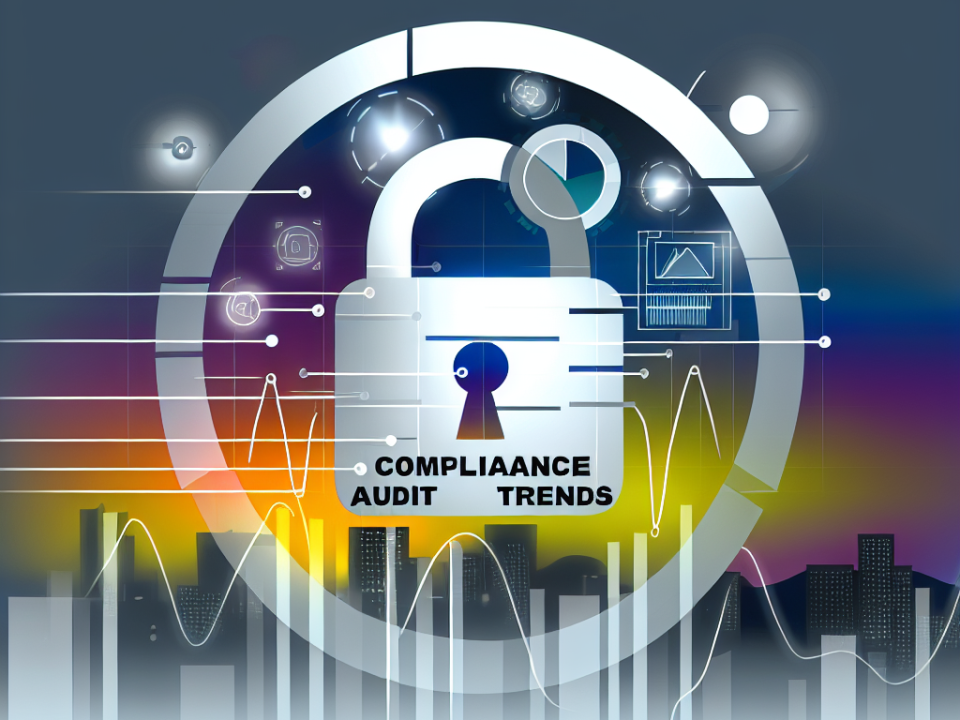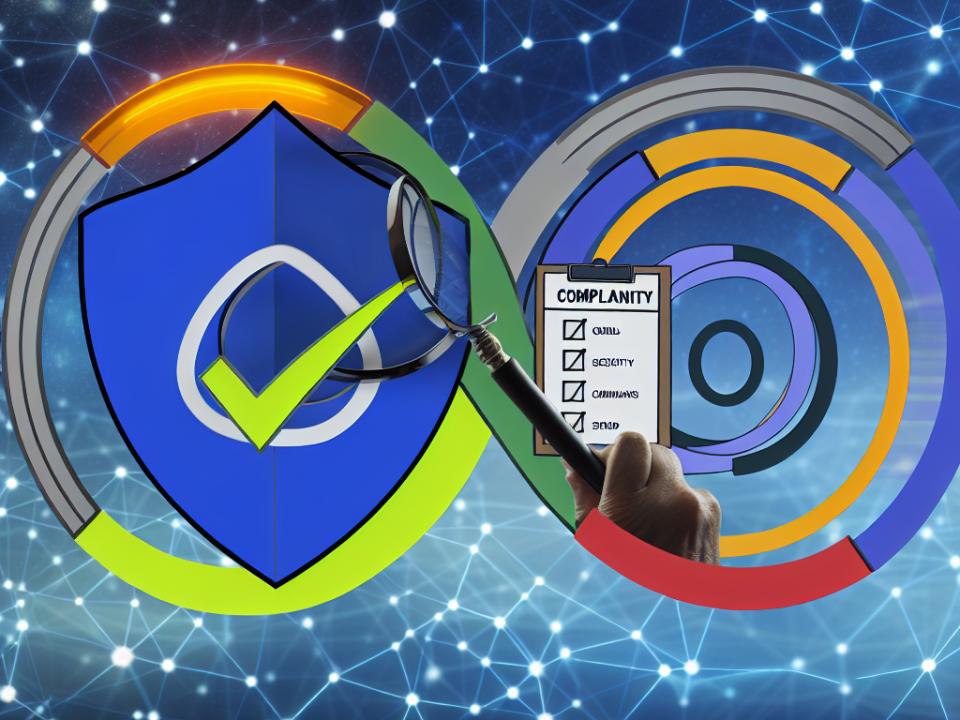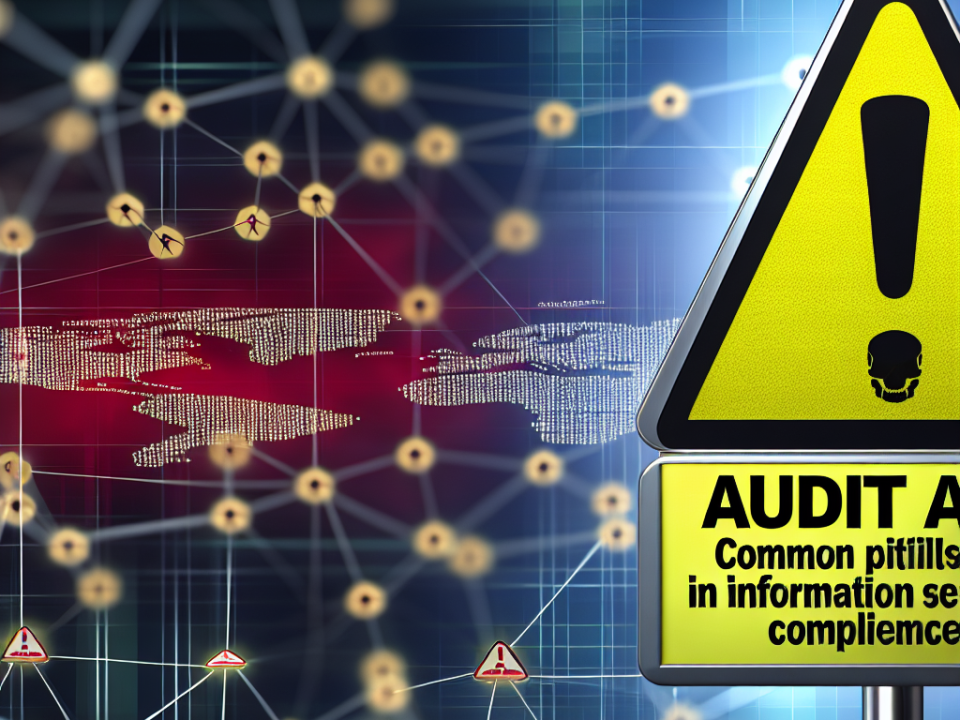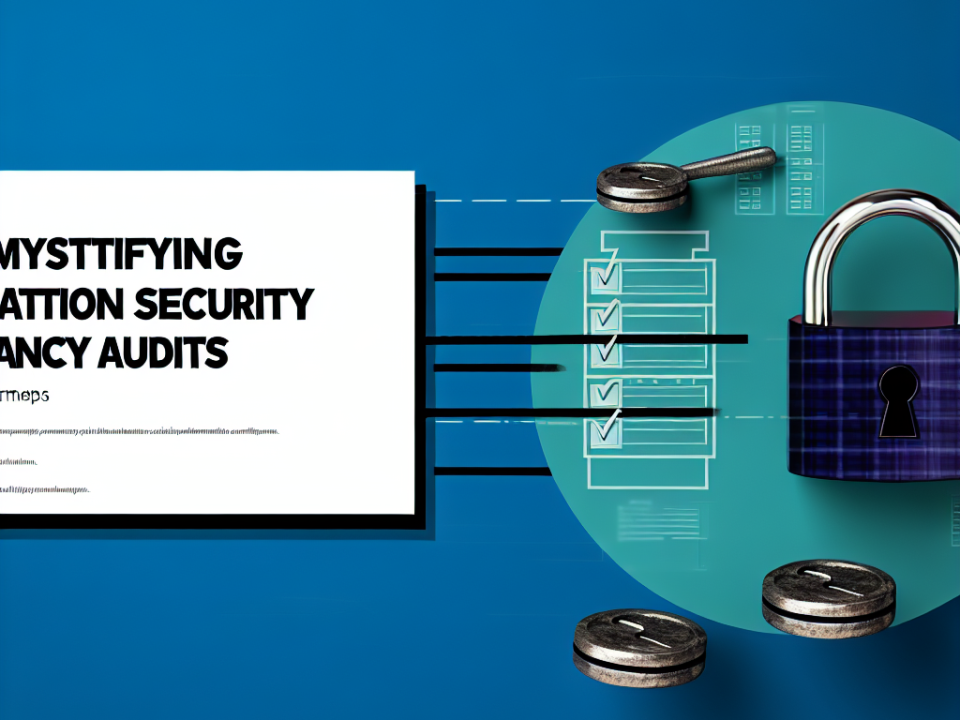
vCISO 101: What Businesses Need to Know About Virtual Security Leadership
August 2, 2025
Navigating Cyber Threats: Why Your Company Needs a vCISO Today
August 3, 2025
In an age where cyber threats are becoming more sophisticated and pervasive, the need for robust cybersecurity regulations has never been greater. Organizations across all sectors must navigate an evolving landscape of compliance obligations designed to protect sensitive data and maintain public trust. This article explores the current trends in cybersecurity regulation, the implications for businesses, and strategies for preparing for future compliance requirements.
The Current Landscape
Increased Regulatory Scrutiny
Regulatory bodies worldwide have ramped up their focus on cybersecurity, recognizing the dire consequences of data breaches not only for individual companies but also for national security and consumer trust. Legislation such as the General Data Protection Regulation (GDPR) in Europe and the California Consumer Privacy Act (CCPA) in the United States has set a precedent for stringent data protection laws. These regulations mandate that organizations implement specific security measures, report breaches, and comply with consumer rights regarding data.
Sector-Specific Regulations
Different industries have begun experiencing tailored regulatory frameworks. For instance, the Health Insurance Portability and Accountability Act (HIPAA) governs healthcare organizations, while the Financial Industry Regulatory Authority (FINRA) sets rules for financial institutions. Sector-specific regulations are often crafted to address unique risks intrinsic to each industry, necessitating a nuanced approach to compliance.
International Cooperation
Cyber threats are inherently borderless, leading to increased collaboration between nations. The European Union has been proactive in establishing frameworks, such as the EU Cybersecurity Act, that promote a cohesive approach to cybersecurity regulation among member states. Such international cooperation ensures that organizations operating globally can adhere to consistent standards, although differences remain.
Emerging Trends
Standardization of Frameworks
With various standards and regulations emerging, organizations are pushing for the standardization of cybersecurity compliance frameworks. The National Institute of Standards and Technology (NIST) Cybersecurity Framework and ISO/IEC 27001 are gaining traction as organizations seek to align their security protocols with widely recognized models. A uniform approach facilitates compliance efforts and enhances cybersecurity resilience across sectors.
Focus on Risk Management
Regulatory trends are moving towards risk-based frameworks, where the focus is on identifying, assessing, and mitigating risks rather than a tick-box compliance approach. This shift encourages organizations to tailor their cybersecurity strategies based on specific risks, enhancing overall security posture while simplifying compliance processes.
Emphasis on Supply Chain Security
Recent high-profile hacks have highlighted that vulnerabilities in supply chains can expose organizations to significant risks. Regulators are beginning to address this issue, with new guidelines and requirements focusing on third-party risk management. Companies are now expected to monitor and secure their entire supply chain ecosystem, fostering a culture of cybersecurity vigilance.
Integration of Privacy and Security Regulations
Data privacy and cybersecurity are increasingly being viewed as two sides of the same coin. Regulatory frameworks are beginning to integrate privacy protections with security measures, necessitating a holistic approach to compliance. Organizations must now think in terms of safeguarding both personal data and the underlying systems that process it.
Preparing for Future Compliance
Invest in Cyber Resilience
Organizations must prioritize investments in cybersecurity resilience. This includes not only implementing advanced security technologies but also developing a culture of security awareness among employees. Regular training and awareness programs help create a workforce that is vigilant and proactive against cyber threats.
Adopt a Comprehensive Compliance Strategy
A comprehensive compliance strategy should include regular assessments of regulatory obligations, an understanding of the implications of emerging regulations, and a clear plan for addressing non-compliance. Employing compliance management tools can streamline these processes and ensure that organizations remain agile in their responses to regulatory changes.
Foster Cross-Functional Collaboration
Compliance isn’t the sole responsibility of the IT department. Effective cybersecurity requires collaboration across various departments, including human resources, legal, and operations. Establishing cross-functional teams can facilitate communication, enabling organizations to address compliance holistically.
Stay Informed
Cybersecurity regulations are continuously evolving. Organizations should remain informed about emerging trends, participate in industry forums, and engage with regulatory bodies. Building relationships with legal advisors and compliance experts can provide valuable insights that inform strategic decision-making.
Conclusion
As cyber threats continue to evolve, so too will the regulatory landscape. Organizations must adapt proactively to emerging compliance trends, ensuring that they not only meet current obligations but also anticipate future requirements. By investing in cybersecurity resilience, adopting comprehensive compliance strategies, fostering collaboration, and staying informed, businesses can navigate the complexities of cybersecurity regulations with confidence and agility, safeguarding themselves and the data they handle. The future of compliance is not just about meeting standards; it’s about building a resilient foundation that can withstand the ever-changing tide of cyber threats.







